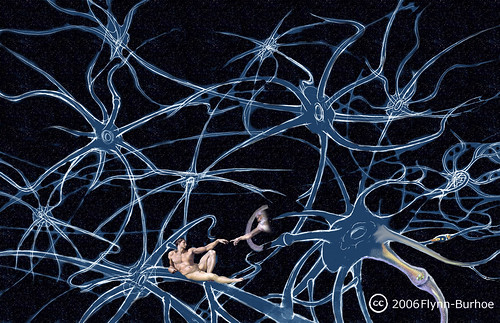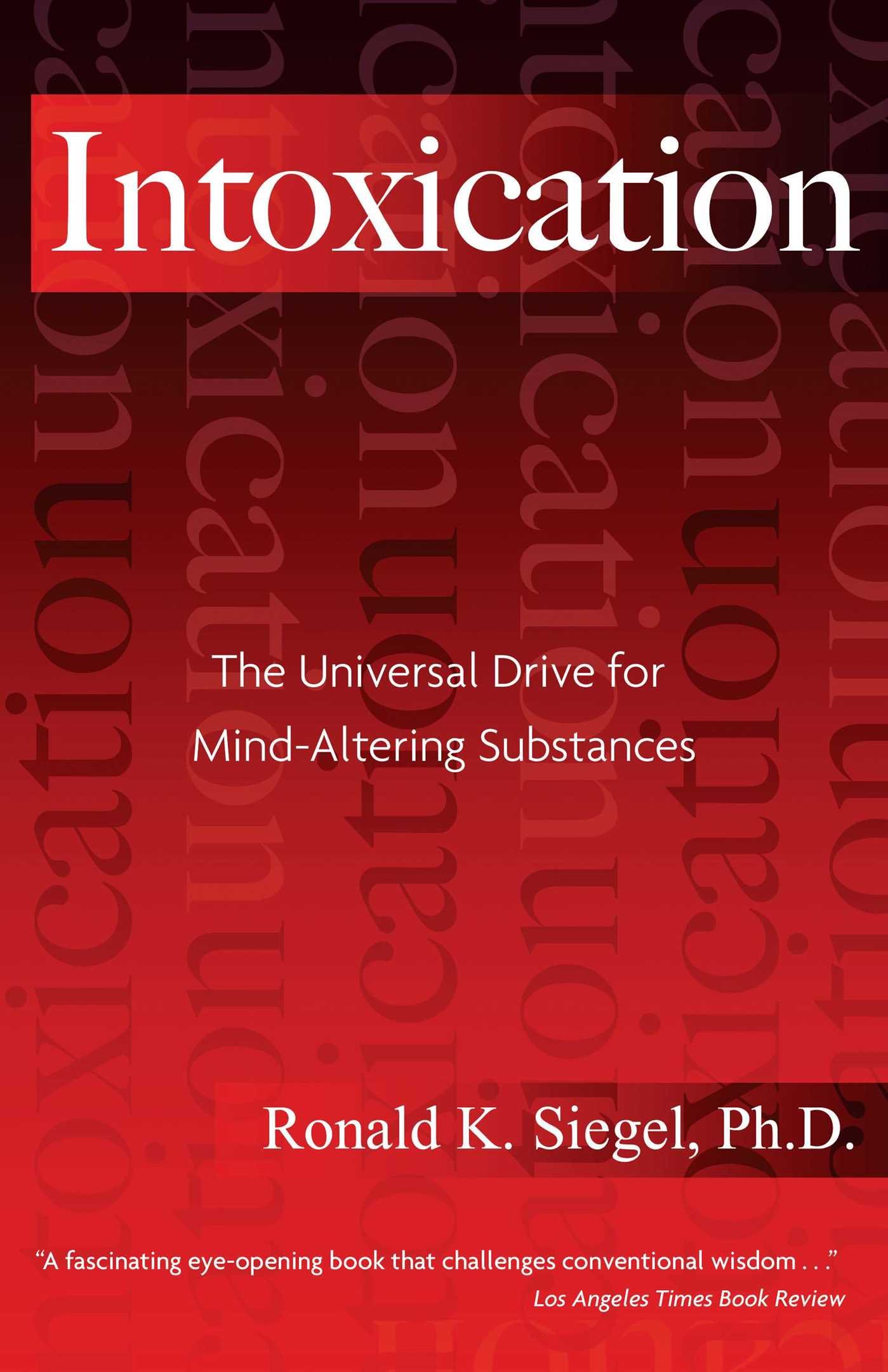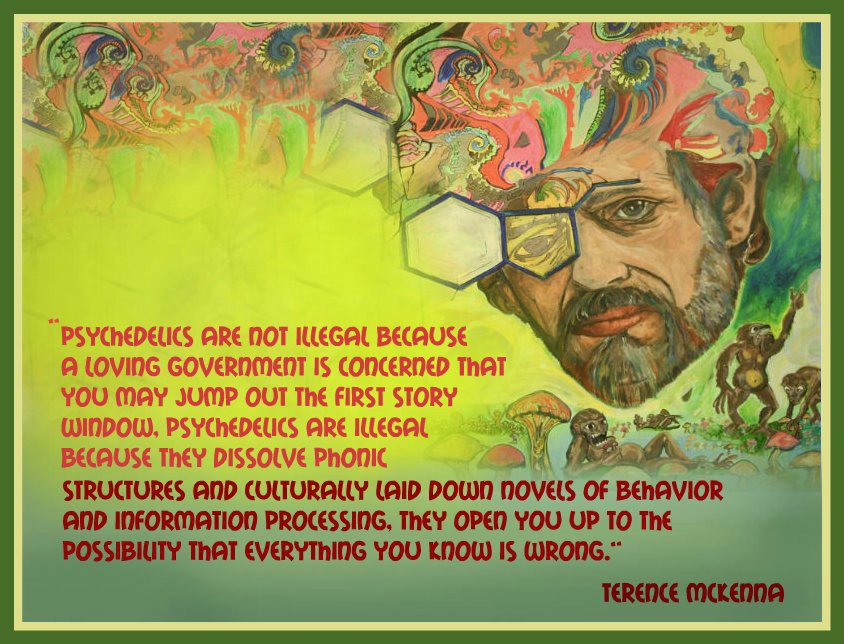 A couple months ago, I introduced the concept of neuroeconomics in the context of collective psychology. It's time to take that a step further - a la the philosopher Daniel Dennett, channeling the late ATL Gurdjieffian prankster Jan Cox.
A couple months ago, I introduced the concept of neuroeconomics in the context of collective psychology. It's time to take that a step further - a la the philosopher Daniel Dennett, channeling the late ATL Gurdjieffian prankster Jan Cox.From that earlier article I stated that "For decades it has been known that these neurons and the dopamine they release play a critical role in brain mechanisms of reinforcement. Many of the drugs currently abused in our society mimic the actions of dopamine in the brain. This led many researchers to believe that dopamine neurons directly encoded the rewarding value of events in the outside world."Several people have sent me notes about their problems and apparent failures, and have attempted to attribute a psychological basis to them. This is one of the great cutoff points. It is an immediate slap in the intellectual face: to a Revolutionist there is no such thing as "psychological." It is a flawed piece of data. It is as outmoded to a Revolutionist alive today as is the idea of a "capital-g" god. What is called "psychological" is serving, and has served, a purpose with some people. But you must see that any apparent psychological pressures arising from influences apparently "out there" -- your boss, your mother, your mate -- have to enter in through the five senses. Always stop and remind yourself of that even if you can't do anything else. If one or all of your senses were knocked out, you would not be suffering this "psychological pressure." You have to face up to that. Whatever is going on in you is chemical. There are really no such things as drunks; it is people with an alcohol deficiency. Absolutely religious people have a chemical deficiency. The same with people who have phobias, as they are called. It is a chemical imbalance outside the normal bell curve of the populace at their time and place. Jan Cox
Today's post is one of those hidden in plain sight elaborations on that theme, this time addressing the rewarding value of events in the INSIDE WORLD, the world comprised of the neurons making up your brain. Think about it. That's all I ever ask you to do, and in the process, you will inevitably be led to draw your own validating conclusions. Here's Dennett;
brain cells — I now think — must compete vigorously in a marketplace. For what?So simple, elegant, and obvious. Selective governance via the natural tendency of the brain's neuronal circuits to Do What They Do..., what could be easier, more powerful, and more durable than that. The lengths to which some folks will go to furnish elaborate post hoc rationalizations of What It Do - and how that basic fact is exploited by those with the wherewithal to "engineer" values in the outside world - just crack me up.
What could a neuron "want"? The energy and raw materials it needs to thrive–just like its unicellular eukaryote ancestors and more distant cousins, the bacteria and archaea. Neurons are robots; they are certainly not conscious in any rich sense–remember, they are eukaryotic cells, akin to yeast cells or fungi. If individual neurons are conscious then so is athlete’s foot. But neurons are, like these mindless but intentional cousins, highly competent agents in a life-or-death struggle, not in the environment between your toes, but in the demanding environment of the brain, where the victories go to those cells that can network more effectively, contribute to more influential trends at the virtual machine levels where large-scale human purposes and urges are discernible.
I now think, then, that the opponent-process dynamics of emotions, and the roles they play in controlling our minds, is underpinned by an "economy" of neurochemistry that harnesses the competitive talents of individual neurons. (Note that the idea is that neurons are still good team players within the larger economy, unlike the more radically selfish cancer cells. Recalling Francois Jacob’s dictum that the dream of every cell is to become two cells, neurons vie to stay active and to be influential, but do not dream of multiplying.)
Intelligent control of an animal’s behavior is still a computational process, but the neurons are "selfish neurons," as Sebastian Seung has said, striving to maximize their intake of the different currencies of reward we have found in the brain. And what do neurons "buy" with their dopamine, their serotonin or oxytocin, etc.? Greater influence in the networks in which they participate.






